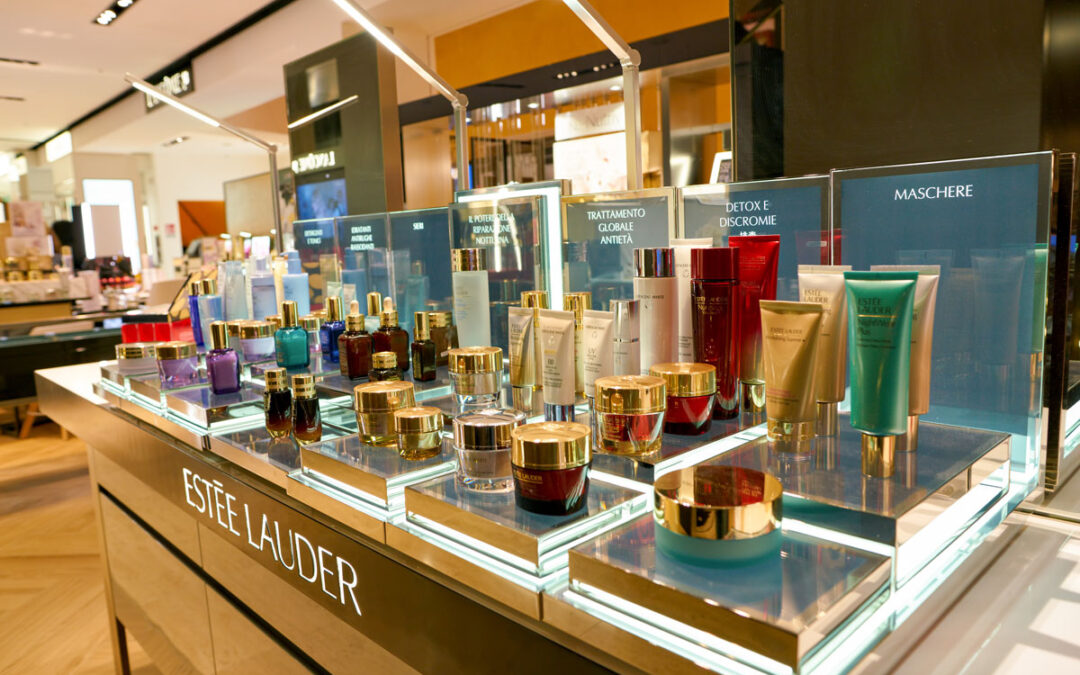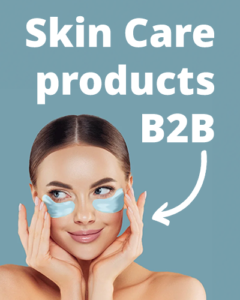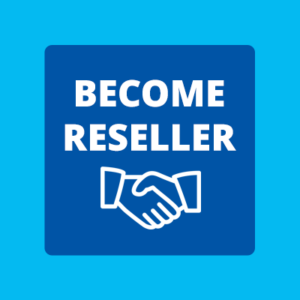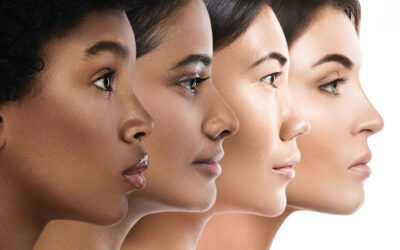The B2B cosmetics industry is a vibrant and profitable sector that connects beauty product producers, cosmetics wholesale specialists, distributors, retailers, and consumers. It is also a highly competitive and rapidly changing sector that necessitates awareness of the emerging trends in the industry, ongoing innovation, adaptability, and market research to stay ahead of the competition.
Industry Overview
According to a Grand View Research beauty industry market analysis, the worldwide cosmetics industry was worth USD 262.21 billion in 2022 and will increase at a compound annual growth rate (CAGR) of 4.2% from 2023 to 2030. The B2B cosmetics sector accounts for a sizable portion of this market since it streamlines the supply chain and distribution of beauty products across several channels and countries. For this reason, the industry can be generally divided according to the following segments:
1. Product Category: This section includes products such as skincare, hair care, makeup, fragrances, and others.
2. Cosmetics Distribution Channels: For product distribution, the industry employs a variety of channels, including direct sales, offline, and online channels.
3. Region: The industry is divided into regions such as North America, Europe, Asia Pacific, Latin America, and the Middle East and Africa.
Key Cosmetics Industry Drivers:
• Growing Interest in Natural, Organic, and Vegan Products: Due to increased knowledge of the environmental and health consequences of synthetic substances, consumers are increasingly going for cosmetics with vegan, natural, and organic formulations.
• Increasing Popularity of E-commerce and Social Media: The rise of e-commerce and social media platforms has had a tremendous impact on the cosmetics trade. These platforms provide buyers and sellers with convenience, a wide range of products, and tailored experiences.
• The Expanding Influence of Celebrities and Beauty Influencers: Beauty influencers, celebrities, and bloggers are critical in changing customer tastes and raising brand recognition. Their influence spans multiple demographics, impacting purchasing decisions.
• Increased Middle-Class Population and Disposable Income: Emerging markets such as Brazil, India, and China are seeing an increase in middle-class population and disposable income. This demographic transition increases demand for cosmetics, which helps the industry grow.
• Evolving Consumer Expectations and Needs: Consumer preferences, such as an emphasis on anti-aging and anti-pollution, as well as a demand for customized solutions, drive innovation in the cosmetics sector. Companies are adapting to meet changing demands and expectations.
Emerging B2B beauty Market Trends in 2023
The B2B cosmetics industry is continually changing and adjusting to changing market conditions and customer behaviors. The following are some of the key trends that are predicted to shape the sector in 2023:
Manufacturing innovation
To improve product quality, efficiency, and sustainability, the B2B cosmetics suppliers and manufacturers are embracing new technologies and techniques. 3D printing, biotechnology, and nanotechnology, for instance, are being used to develop innovative formulations, textures, and packaging.
New marketing approaches
To reach and engage with potential and existing consumers, the B2B cosmetics business is embracing digital tools and platforms. Augmented reality, virtual reality, and artificial intelligence are being used to provide interactive and immersive experiences such as virtual try-ons, product recommendations, and tailored feedback.
Changes in consumer behaviors
Shifting customer preferences and values, such as social responsibility, ethical sourcing, and transparency, are influencing the B2B cosmetics business. For example, more B2B cosmetics companies are going cruelty-free, vegan, and fair-trade, as well as revealing their ingredients, distribution chain, and environmental effects.
Forecast for 2023
Based on market research, the B2B cosmetics industry projection for 2023 is:
• An analysis of B2B beauty products sales statistics indicates that the global cosmetics industry is expected to be worth USD 364.12 billion by 2030, expanding at a 4.2% CAGR from 2023 to 2030.
• Since it provides greater options for innovation and expansion, the B2B cosmetics industry is predicted to grow faster than the entire cosmetics market.
• As more firms enter and exit the market, as well as develop strategic collaborations and alliances, the B2B cosmetics industry is expected to see more consolidation, collaboration, and competition.
• Since it operates in a complex and dynamic environment, the B2B cosmetics business is likely to encounter additional obstacles and risks, such as regulatory compliance, data security, and customer retention.
Growth Opportunities
As long as B2B cosmetics companies can capitalize on market trends and consumer needs, the B2B cosmetics industry provides sufficient growth opportunities such as:
1. Global Expansion: B2B cosmetics companies should look into worldwide expansion potential, particularly in emerging markets. Understanding regional preferences and customizing products accordingly can be critical success factors.
2. Digital Transformation: It is critical to embrace digital tools and platforms to remain competitive. Digital transformation may improve consumer engagement and ease business operations, from e-commerce to AI-driven customer experiences.
3. Partnerships and Collaborations: Collaboration with other firms, both within and beyond the beauty industry, can open up new growth opportunities. Collaborations in research, development, and distribution can result in mutually beneficial results.
Conclusion
The B2B cosmetics industry is on the verge of significant growth and transformation. Navigating the complex landscape demands a thorough awareness of upcoming trends and insights for 2023. B2B cosmetics businesses may position themselves to not only withstand but also prosper in the developing beauty sector by embracing sustainable practices, restructuring marketing techniques, and grasping different development opportunities.








